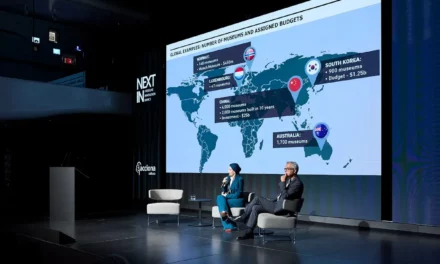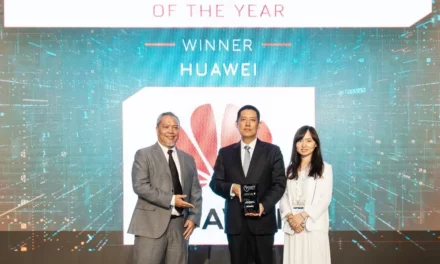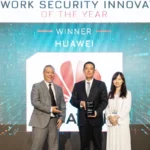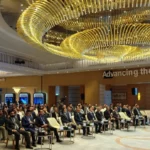
93 percent of organizations in KSA experienced cyberattacks targeting remote workers, according to VMware Global Security Insights Report
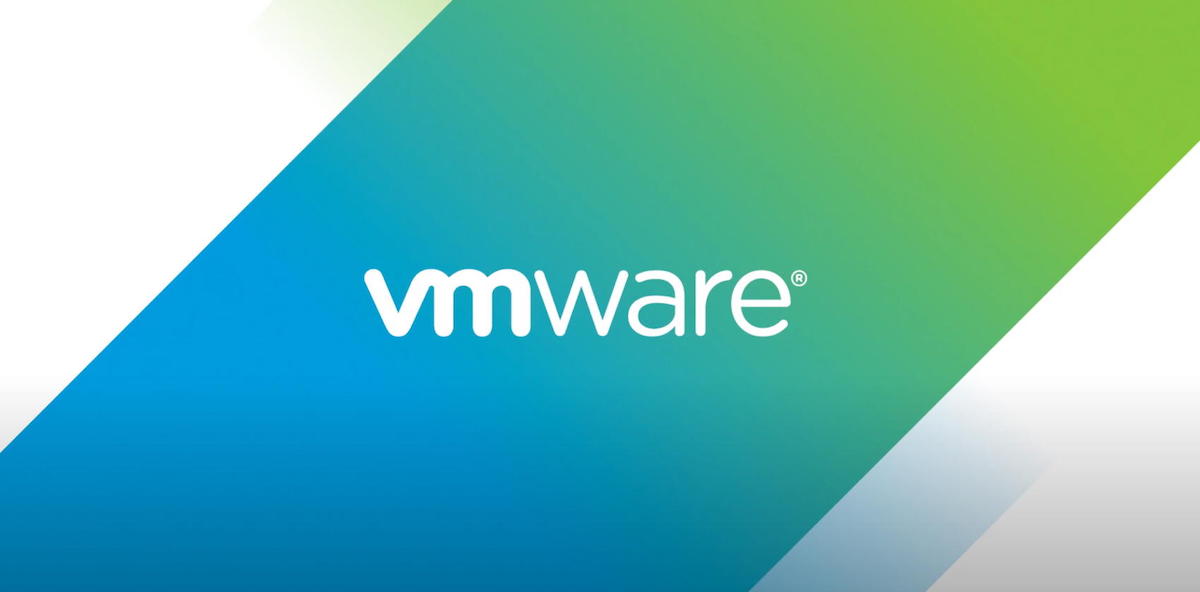
Erratic employee behavior, personal device and home network use reduce visibility, creating blind spots and dark corners where attacks go undetected
Report highlights opportunity for Security Leaders to rethink and transform cybersecurity strategies
PALO ALTO, Calif and Riyadh, Kingdom of Saudi Arabia., June 23, 2021 – VMware, Inc. (NYSE: VMW), today released the KSA findings from the fourth installment of the Global Security Insights Report, based on an online survey of 3,542 CIOs, CTOs and CISOs in December 2020 from across the globe, including 252 in KSA. The report explores the impact of cyberattacks and breaches on organizations and details how security teams are adapting to these challenges.
Accelerated digital transformation has caused security teams to face evolving threats as cybercriminals seize the opportunity to execute targeted attacks exploiting fast-tracked innovation and the anywhere workforce. Close to 93 percent of organizations surveyed in KSA experienced cyberattacks due to more employees working from home, highlighting the vulnerabilities in legacy security technology and postures.
“The race to adopt cloud technology since the start of the pandemic has created a once-in-a-generation chance for business leaders to rethink their approach to cybersecurity,” said Rick McElroy, Principal Cybersecurity Strategist, VMware. “Legacy security systems are no longer sufficient. Organizations need protection that extends beyond endpoints to workloads to better secure data and applications. As attacker sophistication and security threats become more prevalent, we must empower defenders to detect and stop attacks, as well as implement security stacks built for a cloud-first world.”
“The rapid switch from a centralized workplace, infrastructure and applications to distributed workforce, cloud-based and modern applications has resulted in organizations losing visibility of their networks,” said Ahmed El Saadi, Regional Director of Sales, Middle East, Turkey & Africa, VMware. “Complexity is the enemy of security. This means organizations can’t see into the corners where personal mobile devices and home networks have been grafted to corporate distributed IT infrastructure through insecure technologies such as VPNs. It is vital, therefore, that organizations gain visibility of their networks through cloud-based technologies such as SASE (Secure Access Services Edge). Having infrastructure that can provide a security operations center, with robust situational intelligence, will give context to threats and help prioritize potential targets and remediate risk with confidence.”
The Global Security Insights Report provides intelligence on the cybersecurity landscape, attack and defense trends, along with the security priorities for organizations this year to maintain resilience. The key findings include:
- A lack of urgency despite surge in material breaches. 93% of respondents have suffered a breach in the last twelve months with 94% considered material, meaning they were reported to regulators. Yet, security professionals have underestimated the likelihood of a material breach. 59.5% say they fear a material breach in the next year, and just 42% have updated their security policy and approach to mitigate the risk.
- Resurgence of ransomware and remote work creates unpredictable attack surface. 92% of respondents said attack volumes had increased – with majority pointing to employees working from home as the cause – and 87% said attacks had become more sophisticated. Cloud-based attacks were the most frequently experienced attack type in the past year, whereas the leading breach causes, and phishing (15.5%) was the leading cause of breaches, followed by out of date security (15.5%).
- Cloud-first security strategies are now universal. 100% of respondents already use or plan to use a cloud-first security strategy. But the move to cloud has expanded the threat surface. Four fifths (80%) agree they need to view security differently now that the attack surface has expanded. 46% of respondents said they plan to build more security into their infrastructure and apps and reduce the number of point solutions.
- Applications and workloads are top CISO concerns. Applications and workloads are viewed as the most vulnerable points on the data journey. 78% of respondents agree they need better visibility over data and apps in order to pre-empt attacks. 83% of respondents also shared that their senior leadership team feel increasingly worried about bringing new applications to market because of the growing threat and damage of cyberattacks.
- Security concerns are holding back adoption of AI. The next frontier for business innovation may be artificial intelligence, but more than half of respondents (77%) say that security concerns are holding them back from embracing AI and machine learning.
“It’s vital that organizations in Saudi Arabia fully understand their security weaknesses if they are to improve their security posture,” said Eng. Saif Mashat, Country Managing Director, Saudi Arabia, VMware. “Many organizations surveyed are already using, or planning to use, a cloud-first security strategy, and while they may encounter significant challenges related to cybersecurity, there is room for optimism. By adopting an intrinsic, cloud-first approach to security, whereby security is built-in, and not bolted-on, organizations will be able to address challenges including ineffective legacy security technology and process weaknesses. This will ensure companies in Saudi Arabia are better positioned for success in a fast-changing world, while also supporting Saudi Arabia’s ambitions to be a digital leader.”
The pandemic and shift to anywhere work have undoubtedly changed the threat landscape requiring security teams to transform their cybersecurity strategies and stay one step ahead of attackers. Key focus areas for the coming year must include improving visibility into all endpoints and workloads, responding to the resurgence of ransomware, delivering security as a distributed service, and adopting an intrinsic approach to cloud-first security.
For a clearer picture on the evolving threat landscape as well as actionable guidance and recommendations for this year and beyond, download the full report here.
VMware Global Security Insights Methodology
VMware commissioned a survey, undertaken by an independent research organization, Opinion Matters, in December 2020. 3,542 CIOs, CTOs, and CISOs were surveyed from companies in a range of industries including financial, healthcare, government and local authority, retail, manufacturing and engineering, food and beverage, utilities, professional services, and media and entertainment. This is the fourth Global Security Insights from VMware, building on the previous surveys, which were undertaken in February 2019, October 2019, and June 2020. This forms part of a global research project across 14 countries and regions, including Australia, Canada, Saudi Arabia, Middle East, United Kingdom, France, Germany, Spain, Netherlands, Nordics, Italy, Japan, Singapore and the United States.



